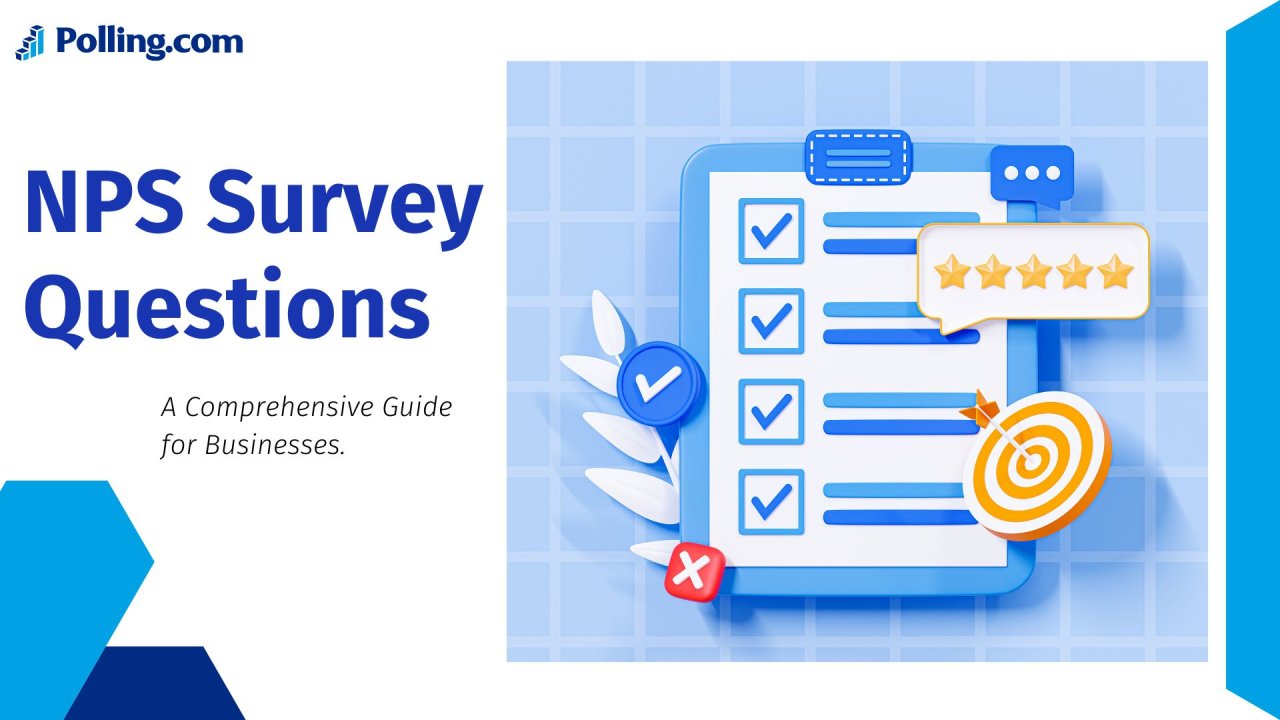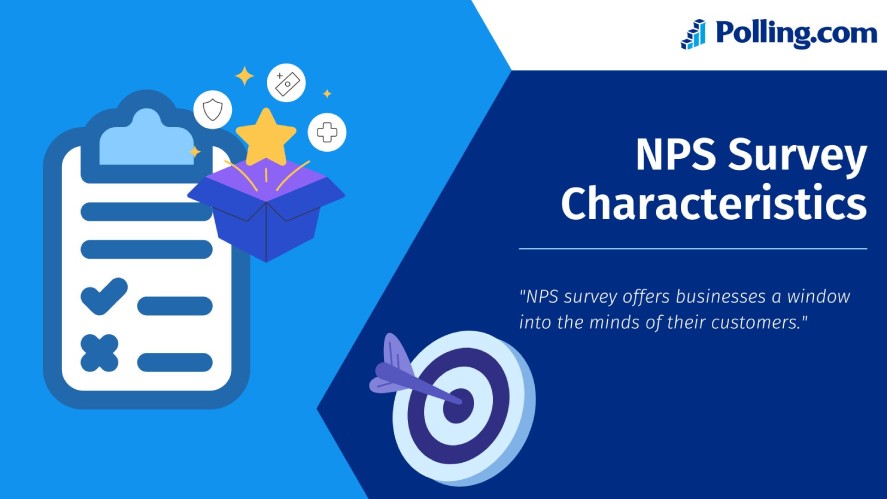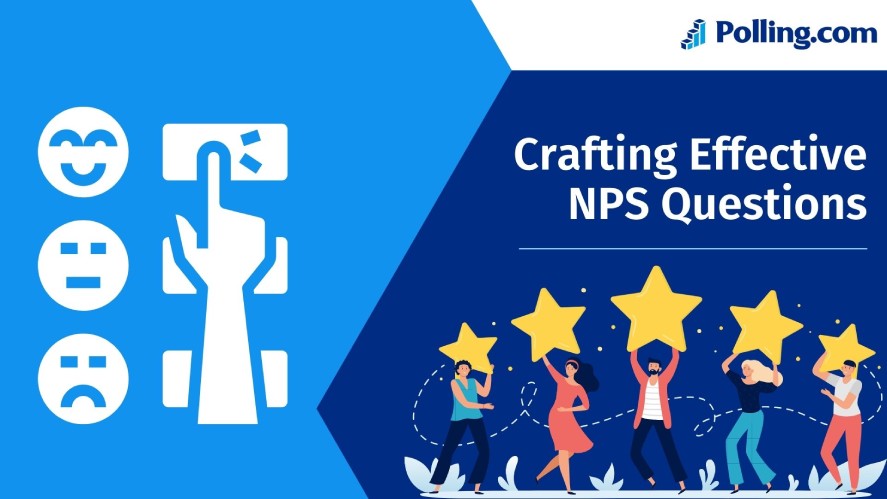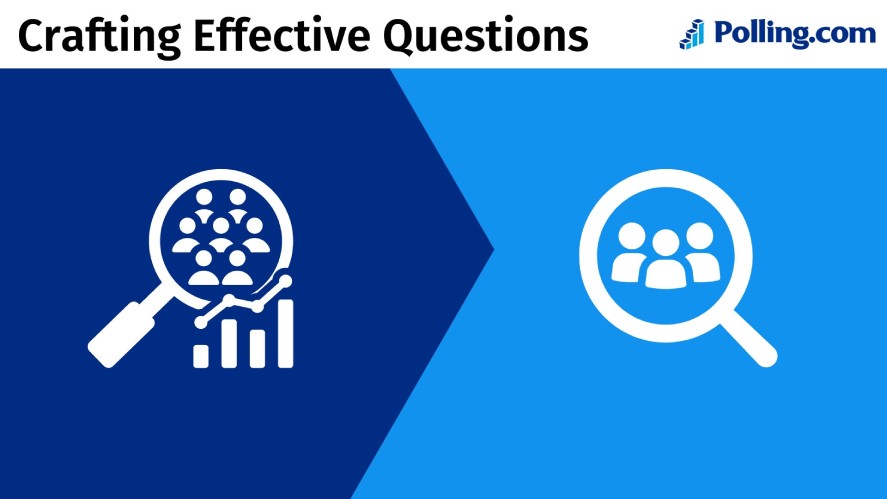
NPS Survey Questions: A Comprehensive Guide for Businesses
In the landscape of business, keeping customers happy is the key to success. One of the most effective ways to measure customer satisfaction is through NPS survey questions. These questions help businesses understand customer loyalty and gather valuable insights to improve their services.
NPS does more than just give a number. It also collects qualitative insights or detailed feedback from customers, which helps companies figure out the reasons behind customers’ sentiments.
Let’s discover how NPS can help businesses build better relationships with customers with its dual feedback mechanism.
Understanding NPS Survey Questions
To begin, let’s explore Net Promoter Score definition and how to find Net Promoter Score.
NPS is one of the most widely used success metrics by various businesses to measure customer loyalty and satisfaction.
Net Promoter Score surveys are all about figuring out how much customers like a company’s products or services.
In the structure of NPS surveys, there are often two main parts:
- A numerical rating question
- An open-ended question
In numeral rating questions, customers are asked to rate how likely they are to recommend the companies or brands to others.
Obviously, the results are quantitative, ranging from 0 to 10.
On the other hand, open-ended questions ask respondents to share more about their experiences.
By capturing nuanced feedback, businesses can identify specific areas that need improvements and understand what is customers’s pain points.
After collecting responses from clients, they are segmented into three groups:
Promoters: Happy Fans Who Spread the Word
Promoters are customers who love the company. They usually give high scores, like 9 or 10.
These are the people who keep coming back and telling their friends to do the same.
Passives: Not Disappointed But Not Excited With The Company
Passives are customers who feel moderate about the company. They give moderate scores, like 7 or 8.
They’re not super excited but not unhappy, either. They might try other companies if they find something better.
Detractors: Unhappy Customers Who Could Spoil the Company
Detractors are unhappy customers who give low scores, like 0 to 6.
They’re not happy with the company, and they might tell others about it. These customers can damage a company’s reputation and growth if their concerns aren’t addressed.
The Characteristics of NPS Survey Questions
NPS survey offers businesses a window into the minds of their customers.

Their characteristics come from simplicity to clarity, which allows your businesses to clarify customers’ insights and find ways to improve customer experience.
Simplicity and Focus
The structure of the NPS survey questions is simple, so it is easy for respondents to understand and reply.
These questions can quickly grasp the level of customer satisfaction without burdening them with long and complex surveys.
They get straight to the point, asking customers directly about their willingness to recommend the business, products, or services.
Thus, every customer can feel comfortable responding without ambiguity, which increases the response rate and reliable data.
Benefits
Through their straightforward implementation, NPS survey questions offer numerous benefits for businesses and customers alike.
With a clear and concise question, NPS surveys are accessible to all customers.
Regardless of their familiarity with survey formats, customers are sure to understand and provide answers in a timely manner.
This ensures that businesses receive feedback from a diverse range of customers and gain more comprehensive insights.
As its core objective, NPS surveys correlate the likelihood of customers recommending a business to others with their overall satisfaction and loyalty.
If most clients are happy to share your business with others, it indicates that your business is performing well in the market compared to competitors.
Or else, it’s necessary to identify areas for improvement and prioritize efforts to enhance customer experience.
Crafting Effective NPS Rating Questions
Designing effective NPS rating questions is crucial for gaining valuable insights into customer sentiment.
If you can tailor questions to specific business aspects at the right time, you can enhance the accuracy and usefulness of the NPS surveys.

Crafting NPS rating questions involves two key considerations:
1. Tailor Questions To Specific Business Aspects
If you want to gather specific and accurate insights, it’s necessary to tailor questions to different aspects of business.
Assess Overall Business Performance
These questions are designed to measure how customers are satisfied with your company.
NPS questionnaires are suitable when you’re just getting started with Net Promoter Score surveys and want to establish the initial foundation with client interaction.
Here are examples of survey templates you can use:
- How likely are you to suggest our company to others on a scale from 0 to 10?
- Would you recommend our company to friends or family based on your experience with us?
- How satisfied are you with the overall service provided by our company, on a scale of 0 to 10?
Understanding Product/Service Satisfaction
The above overall NPS questions do not bring specific results if you’re seeking feedback on a particular product or service.
In such cases, you should replace the word “company” with the name of your product or service.
This customization ensures that you gather targeted feedback that directly relates to what you’re offering.
Here are examples of NPS questions:
- How likely are you to recommend this product/service to someone who has similar needs on a scale of 0 to 10?
- Based on your experience with this product/service, how likely would you recommend it to a friend or family member?
- Please rate the likelihood of you recommending this product/service based on your previous usage.
Evaluating Customer Service Quality
Besides your main product or service, it’s crucial to ask customers to rate a specific experience to gain insights into the quality of your business’s customer service.
Thus, consider adding phrases like “considering your recent experience,” “following your experience,” or “based on your latest interaction with” to the basic NPS question.
Here are some NPS examples you can follow:
- Following your recent interaction with our support team, how likely are you to recommend (company/product/service) to your friend or colleague?
- Considering your recent purchase experience, how likely are you to recommend (company/product/service) to others?
- Would you recommend (company/product/service) to your friends or family after your recent interaction with our customer service team?
2. Use a Consistent Scale (0 to 10) For Easy Interpretation
Always using a scale from 0 to 10 makes it easy for you to understand and interpret NPS survey responses.
With this standard scale, your customers can provide feedback on their likelihood of recommending your products or services to others.
By sticking to this scale, it’s simple to compare results over time and see the difference between customer responses.
The more consistent your net promoter system and scale are, the easier it is for you to track customer satisfaction and identify areas for improvement.
Developing Insightful Open-Ended Questions
Creating effective open-ended questions is crucial for businesses to gain detailed insights into customer feedback and the reasons behind their ratings or scores.
On the other hand, these questions also provide an opportunity for customers to express their thoughts and suggestions in their own words.
Based on that, businesses can understand the nuances of customer sentiments and find ways to improve products, services, or operations to serve customers more effectively.
To develop insightful open-ended questions, consider the following strategies:
Encourage Detailed Feedback By Asking For Score Justification
Respondents have their own perspectives when they rate the score for your business.
So, asking them to provide explanations for their ratings can provide deeper insights into their experiences and perceptions.
Consider the following survey questions:
- What specific aspects of your experience influenced your rating?
- What is the primary reason for your score?
This way, you can see things from their point of view and learn how to make them happier.
Solicit Specific Suggestions For Improvement
When you invite customers to offer actionable suggestions for how your business can enhance their experience or address any issues they encounter, it shows that you value them and want to provide the best service possible.
You can include questions like:
- How do you think we could improve our products/services to better meet your needs?
- How can we improve your experience?
By asking questions like these, your customers are happy to share their ideas, and you can adopt all of them to improve your business and grow.
Leveraging NPS for Strategic Insights
NPS rating is not just a metric. It’s a powerful tool that can provide valuable strategic insights for your business.

As a result, leveraging survey NPS can help you identify the level of satisfaction of users and navigate for better results.
Combining Quantitative and Qualitative Feedback
When it comes to understanding what your customers think, it’s important to look at both numbers and the stories behind them.
And in such cases of NPS, they are quantitative and qualitative feedback.
The numbers from NPS rating questions help give you a quick snapshot of overall satisfaction so you can evaluate and have an overview of the customer’s perspective.
However, to understand the “why” behind the score, you need to delve deeper into their responses.
That’s where qualitative feedback from open-ended questions comes in.
By asking more based on their rating, your customers are encouraged to share their experiences and suggestions in their own words, including what matters to them, what bothers them, what they want to improve, etc.
Actionable Insights
The shown results can clarify the areas where your products or services may be falling short or where there is room for improvement.
You need to capture these pain points carefully to take action and execute enhancements accordingly.
At the same time, NPS feedback is valuable with various customer expectations and needs.
When their demand arises, Ii’s the best option to accumulate all of their feedback and facilitate the tailored offerings with customer demands to build stronger relationships.
Conclusion
The importance of NPS surveys in businesses should not be overlooked.
They provide incredibly valuable data for understanding how satisfied and loyal your customers are.
By combining quantitative and qualitative feedback through well-crafted NPS survey questions, you can get a clear picture of what your customers think and feel and perform strategies based on that.
As you continue to grow and improve, don’t forget to make the most of NPS surveys.
Use the insights you gather from NPS survey questions to guide your decisions and create a culture that puts your customers first.
By doing so, you’ll build stronger relationships and drive lasting growth.
